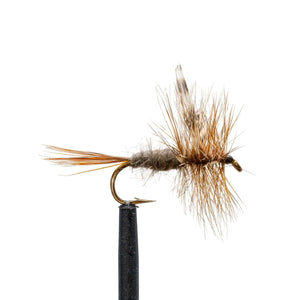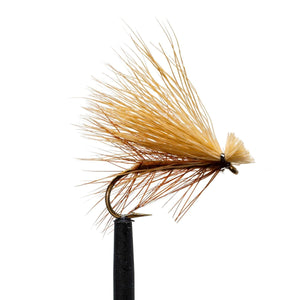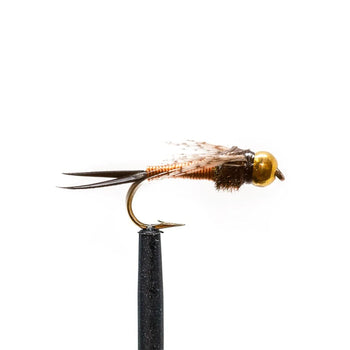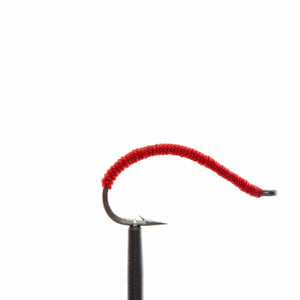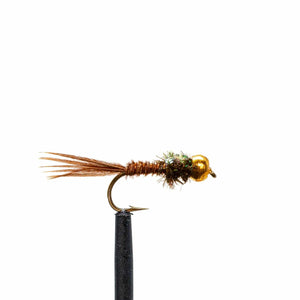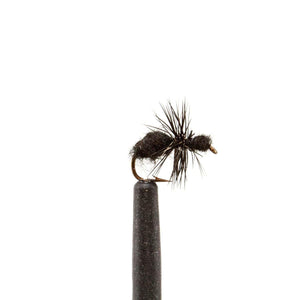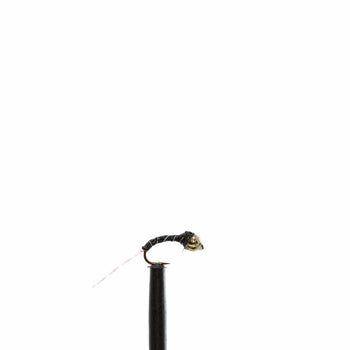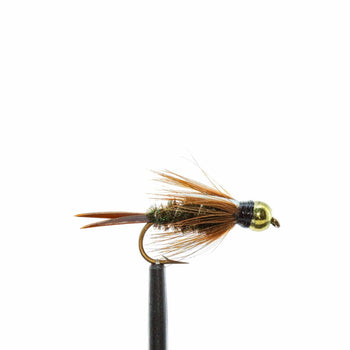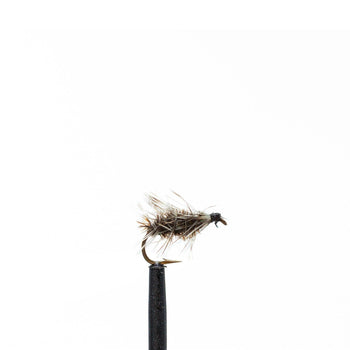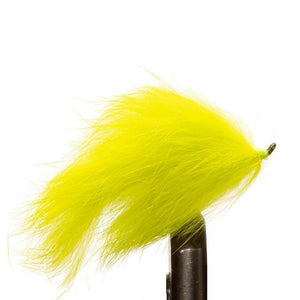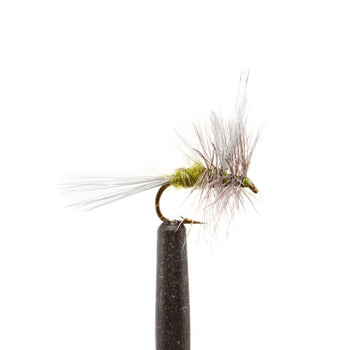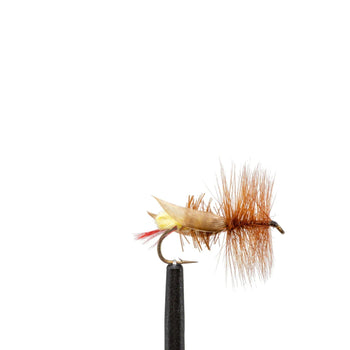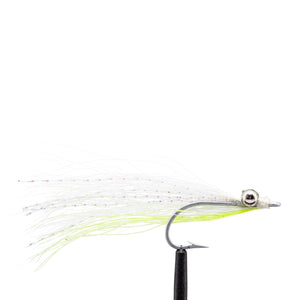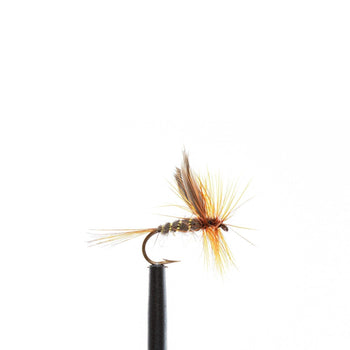20 Must Have Flies: A Beginner's Guide To Fly Selection

So you're new to the world of fly fishing? Welcome to this exciting and rewarding pursuit! As a beginner, you're probably curious about the flies that will help you get your feet wet—both literally and figuratively. While no fly can guarantee a catch, some flies have earned their reputation for being particularly effective under a wide range of conditions.
One of the most daunting aspects for beginners is understanding the essential flies that are a must-have in your fly box. Let's break down 20 essential flies that every angler, beginner or expert, should always carry. These flies are handpicked for their effectiveness, versatility, and ability to attract fish in various water conditions and seasons.
Essential Flies for Beginners
1. Adams Dry Fly
- When to Use: This is your all-season fly, effective especially in early and mid-season.
- How to Use: Cast upstream and let it float down naturally with the current.
- Why It’s Great: The Adams Dry Fly is your all-rounder, able to imitate various insects and attract different fish species.
2. Elk Hair Caddis
- When to Use: Late spring through early fall.
- How to Use: Cast near overhangs or in riffles, and allow it to drift naturally.
- Why It’s Great: With its buoyancy and visibility, the Elk Hair Caddis is perfect for mimicking surface bugs.
3. Woolly Bugger
- When to Use: Year-round, especially effective in early spring and late fall.
- How to Use: Use a twitching motion as you retrieve to mimic a swimming action.
- Why It’s Great: Versatile and able to mimic various prey, from small fish to leeches.
4. Pheasant Tail Nymph
- When to Use: All year, particularly when mayflies are hatching.
- How to Use: Cast upstream and let it sink before starting a slow retrieve.
- Why It’s Great: Its natural appearance makes it a go-to for representing a broad range of nymphs.
5. Royal Wulff
- When to Use: Summertime.
- How to Use: Cast into swift currents and let it drift.
- Why It’s Great: It’s flashy and easy to see, making it great for choppy waters.
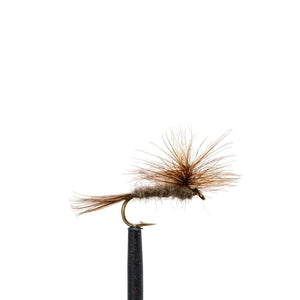
6. Parachute Adams
- When to Use: During hatches where fish are selective.
- How to Use: Cast to rising fish during a hatch and let it float naturally.
- Why It’s Great: It’s more visible to the angler while still being irresistible to fish.
7. Copper John
- When to Use: All year, especially good in fast currents.
- How to Use: Cast upstream and let it drift, occasionally twitching the line for movement.
- Why It’s Great: Its weight helps it sink, making it effective for deeper waters.
8. San Juan Worm
- When to Use: After rains or in muddy waters.
- How to Use: Cast into slow-moving waters and let it drift along the bottom.
- Why It’s Great: Simple but effective, especially when the water is discolored.
9. Beadhead Flashback Pheasant Tail
- When to Use: All year, particularly effective during mayfly hatches.
- How to Use: Cast upstream, let it sink to the desired depth, and then allow it to drift naturally downstream, mimicking a dislodged nymph or emerging mayfly.
- Why It’s Great: The beadhead allows for quick sinking, and the "flashback" adds an extra attracting element. This fly is a more jazzed-up version of the classic Pheasant Tail Nymph.
10. Black Ant
- When to Use: Late spring to early fall.
- How to Use: Cast near the banks and allow it to float along the surface.
- Why It’s Great: A great surface fly that imitates a common prey for many fish species.
11. Zebra Midge
- When to Use: Winter and early spring.
- How to Use: Allow it to sink in deeper pools before a slow retrieve.
- Why It’s Great: Effective in colder water where fish are less active.
12. Beadhead Prince Nymph
- When to Use: Year-round, especially effective during stonefly and caddis hatches.
- How to Use: Cast upstream, allowing the fly to sink before letting it drift naturally downstream to mimic a dislodged nymph or emerging insect.
- Why It’s Great: The beadhead adds extra weight, allowing the fly to sink quickly, making it effective in deeper or faster water.
13. Yellow Sally
- When to Use: Late spring to early fall.
- How to Use: Cast into riffles and allow to drift, or use it to target rising fish.
- Why It’s Great: Mimics small stoneflies, effective during hatches.
14. Griffith Gnat
- When to Use: Primarily in winter.
- How to Use: Cast to calm waters and let it float naturally.
- Why It’s Great: A small surface fly that effectively mimics midges.
15. Bunny Leech
- When to Use: Year-round.
- How to Use: Use a strip-and-pause retrieval in still waters, or cast across the current and swing it downstream in rivers.
- Why It’s Great: Works well in still and moving waters, mimics leeches and other aquatic life.
16. Blue Wing Olive (BWO)
- When to Use: Late winter to early spring.
- How to Use: Cast upstream and let it drift naturally during a hatch.
- Why It’s Great: Ideal for overcast days, mimics various stages of mayfly life.
17. Joe's Hopper
- When to Use: Mid to late summer.
- How to Use: Cast near grassy banks, allowing it to drift with occasional twitches to simulate a struggling hopper.
- Why It’s Great: Effective when grasshoppers are abundant near the water’s edge.
18. Clouser Minnow
- When to Use: Warmer months when fish are more aggressive.
- How to Use: Cast out and allow it to sink before retrieving with short, sharp pulls.
- Why It’s Great: Its weighted eyes help it dive deep, effectively mimicking a baitfish.
19. Gold Ribbed Hare's Ear
- When to Use: Year-round.
- How to Use: Cast and let it drift along the riverbed, mimicking a nymph.
- Why It’s Great: A generalist nymph that can imitate a variety of aquatic insects.
20. Crayfish Pattern
- When to Use: Late spring through early fall.
- How to Use: Cast near rocks and structures, using a jerky retrieve to mimic a scurrying crayfish.
- Why It’s Great: Highly effective in waters rich in crayfish, irresistible to fish like bass and trout.
Starting your fly fishing adventure can be overwhelming, but arming yourself with these essential flies can make your journey more enjoyable and successful. As you gain more experience, you'll find your own favorites, but these 20 flies provide a versatile and effective starting point for anyone new to the sport.
Tight Lines & Happy fishing!
SHOP OUR ESSENTIAL FLY COLLECTION
RECOMMENDED PRODUCTS:
- JHFLYCO Standard Dry Fly Box
- JHFLYCO Standard Nymph Fly Box
- JHFLYCO Hopper Dropper Box
- JHFLYCO Extra Small Fly Box w/ 6 Flies
RELATED ARTICLES:
- 8 Late Summer Strategies for Landing the Perfect Trout
- Exploring 6 Key Fly Categories & Effective Patterns
- Catch & Release Done Right: Ensuring a Healthy Future for our Fish
- When to Replace Your Fly Line & What to Buy
- JHFLYCO 101: How to Tie 4 Essential Fly Fishing Knots
- JHFLYCO 101: How to Assemble a Yellowstone II Fly Rod


